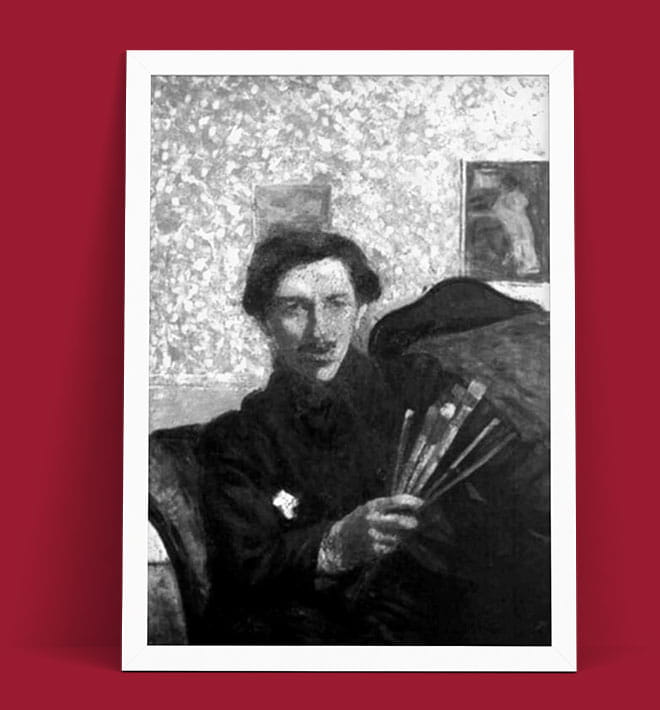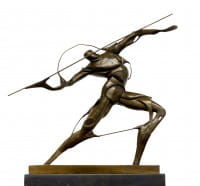Umberto Boccioni (1882-1916)
was a native of Italy painter and sculptor. He helped shape the revolutionary aesthetic of the Futurism movement as one of its principal figures. Umberto Boccioni was born on 19 October 1882 in Reggio Calabria, the southernmost tip of mainland Italy. In 1901 he moved to Rome for studying. There he attended the Scuola Libera del Nundo as well as the Accademia di Belle Arti. Together with Gino Severini, he learned the techniques of Divisionism by the painter Giacomo Balla.
The life of Umberto Boccioni
For learning the techniques of painting impressionistic and post-impressionistic paintings he moved to Paris in 1902. In 1906 he went to Russia and later to Italy, where he discovered Venice. Boccioni spent the winter 1906/ 07 in Venice and did some nude paintings at the Accademia di Belle Arti. In 1907 he moved to Milan, where he met Carlo Carrà, Filippo Tommaso Marinetti and Luigi Russolo. Filippo Tommaso Marinetti was the author of the Manifest of Futurism. Four years later he moved to Paris, where he finally met Guillaume Apollinaire and Pablo Picasso.
Influences on his works
It was 1912 when the first exhibition took part in Paris. Boccioni showed some of his paintings there together with some other representatives of Futurism. In 1914 one of his published manifests got also published in Moscow. Umberto Boccioni who is nowadays known for creating the impressive large sculpture "Unique Forms of Continuity in Space" that he finished in 1913 was born on October 19, 1913 in Reggio Calabria.
Boccioni's artwork is mentioned as a result of the Futurism and it is characterized by dynamic lines and moves. One of the most famous sculptures he ever created is Unique Forms of Continuity in Space made in 1913 that is nowadays exhibited at the Metropolitan Museum of Modern Art in New York. Furthermore a small image of this sculpture is depicted on the Italian 20 Cent coin. The typical characteristic style of Boccioni was not only influenced by Futurism; his style was also characterized by the Cubism. Both influences can be found in his paintings as well as in his sculptures. Creating sculptures was his main activity during his last years of living.
Umberto Boccioni died on August 17, 1917 close to the city of Verona.








